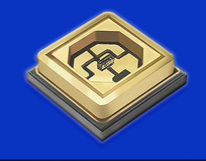Advantages and characteristics of ceramic PCB board
2022-03-01 10:04:10
1. Why use ceramic circuit board
Ordinary PCB is usually made of copper foil and substrate bonding, and the substrate material is mostly glass fiber (FR-4), phenolic resin (FR-3) and other materials, adhesive is usually phenolic, epoxy, etc.. In the process of PCB processing due to thermal stress, chemical factors, improper production process and other reasons, or in the design process due to the two sides of copper asymmetry, it is easy to lead to different degrees of warping PCB board.
And another PCB substrate - ceramic substrate, due to the heat dissipation performance, current carrying capacity, insulation, thermal expansion coefficient, etc., are much better than ordinary glass fiber PCB board, so it is widely used in high-power power electronics modules, aerospace, military electronics and other products.
Unlike ordinary PCBS, which use an adhesive to bond the copper foil to the substrate, ceramic PCBS are made by the DPC process, which uses vacuum sputtering and electroplating to grow copper on the ceramic plate. The copper and ceramic substrate together, strong binding force, copper foil will not fall off, high reliability, stable performance in high temperature, high humidity environment.
2. Main material of ceramic substrate
· Alumina (Al2O3)
Alumina is the most commonly used substrate material in ceramic substrate, because in mechanical, thermal and electrical properties compared to most other oxide ceramics, high strength and chemical stability, and rich source of raw materials, suitable for a variety of technology manufacturing and different shapes. According to the percentage of alumina (Al2O3) can be divided into 75 porcelain, 96 porcelain, 99.5 porcelain. The electrical properties of alumina are almost not affected by the different content of alumina, but its mechanical properties and thermal conductivity change greatly. The substrate with low purity has more glass and larger surface roughness. The higher the purity of the substrate, the more smooth, compact, medium loss is lower, but the price is also higher.
· Beryllium oxide (BeO)
It has higher thermal conductivity than metal aluminum, and is used in situations where high thermal conductivity is needed. It decreases rapidly after the temperature exceeds 300℃, but its development is limited by its toxicity.
· Aluminum nitride (AlN)
Aluminum nitride ceramics are ceramics with aluminum nitride powders as the main crystalline phase. Compared with alumina ceramic substrate, insulation resistance, insulation withstand higher voltage, lower dielectric constant. Its thermal conductivity is 7~10 times that of Al2O3, and its thermal expansion coefficient (CTE) is approximately matched with silicon chip, which is very important for high-power semiconductor chips. In the production process, the thermal conductivity of AlN is greatly affected by the content of residual oxygen impurities, and the thermal conductivity can be significantly increased by reducing the oxygen content. At present, the thermal conductivity of the process production level is above 170W/(m·K).
Based on the above reasons, it can be known that ceramics are in a leading position in the fields of microelectronics, power electronics, hybrid microelectronics and power modules due to their superior comprehensive performance.
3. Advantages and disadvantages of ceramic PCB
advantages
· Large current-carrying capacity, 100A current continuously through 1mm0.3mm thick copper body, temperature rise of about 17℃; The temperature rise is only about 5℃ when 100A current continuously passes through 2mm0.3mm thick copper body.
· Better heat dissipation performance, low thermal expansion coefficient, stable shape, not easy to distort and warpage.
· Good insulation, high voltage resistance, guarantee personal safety and equipment.
· Strong binding force, using bonding technology, copper foil will not fall off.
· High reliability and stable performance under high temperature and humidity
disadvantages
· Fragility is one of the main disadvantages, which leads to making only small area boards.
· Expensive, more and more requirements of electronic products, ceramic circuit board is still used in some relatively high-end products, low-end products will not be used at all.
4. Use of ceramic PCB
· High-power power electronic modules, solar panel modules, etc
· High frequency switching power supply, solid state relay
· Automotive electronics, aerospace, military electronics
· High-power LED lighting products
· Communication antenna, automobile igniter
5. Display of ceramic substrate
Ceramic circuit board
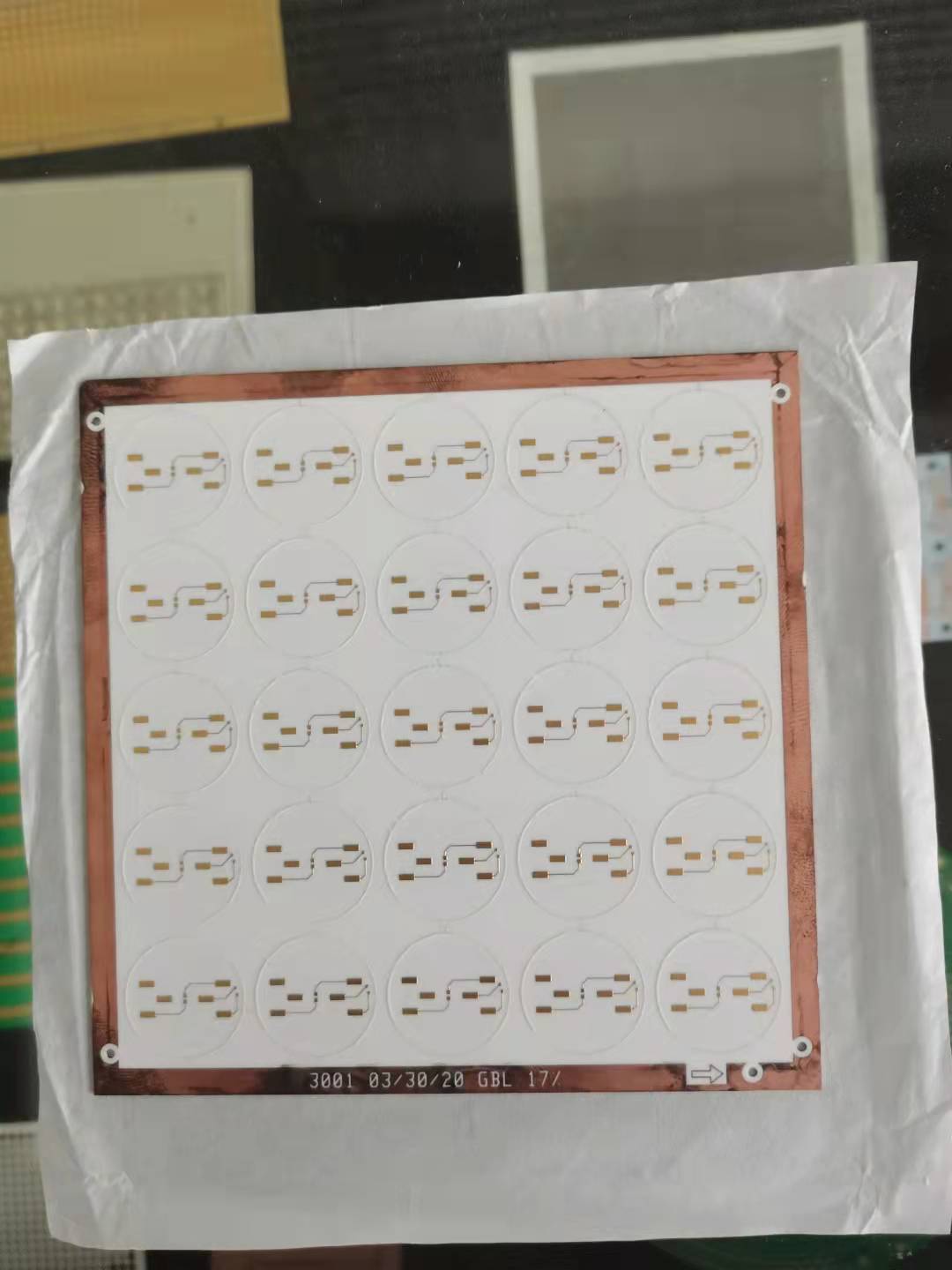
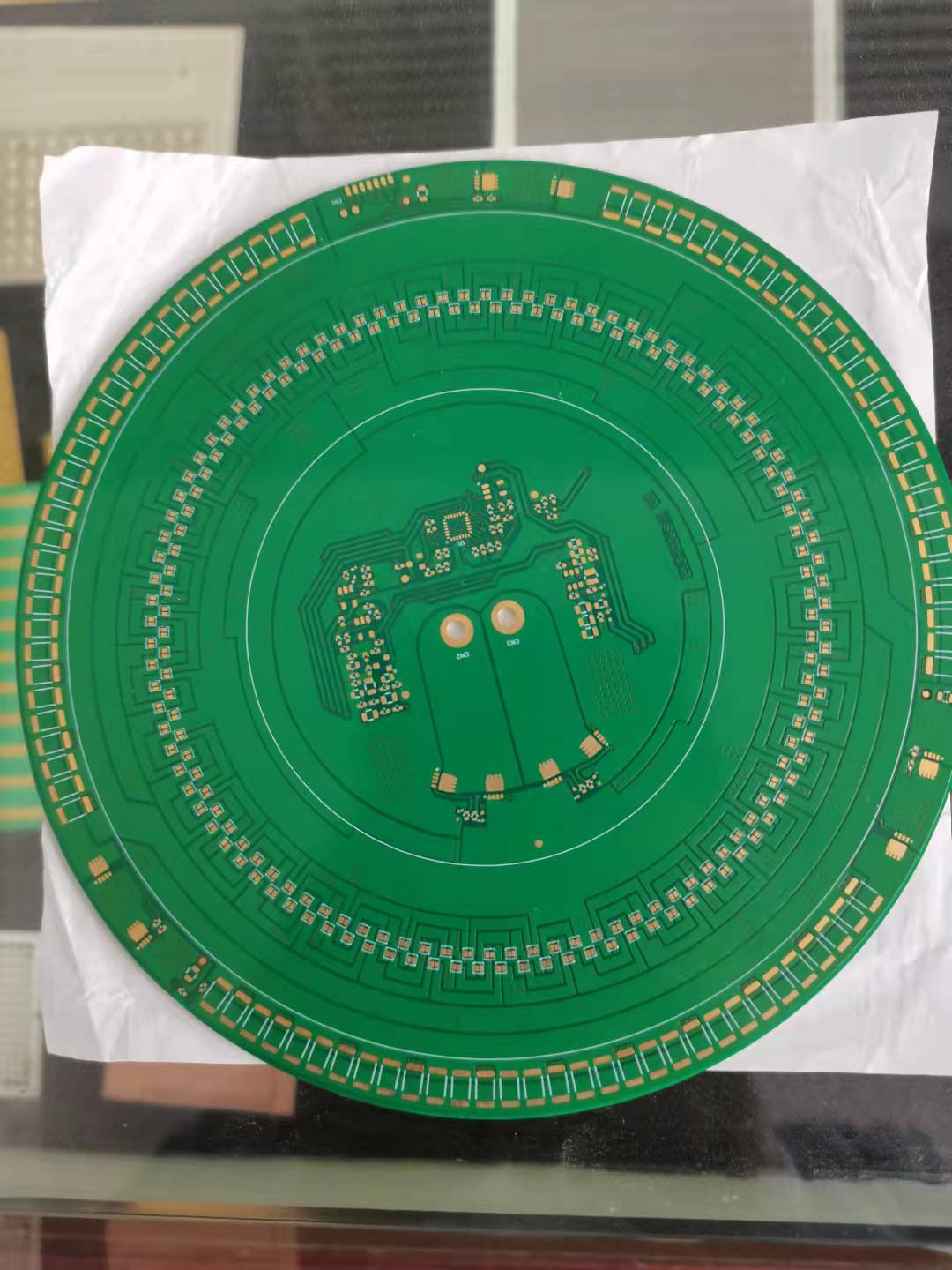
Ceramic circuit board
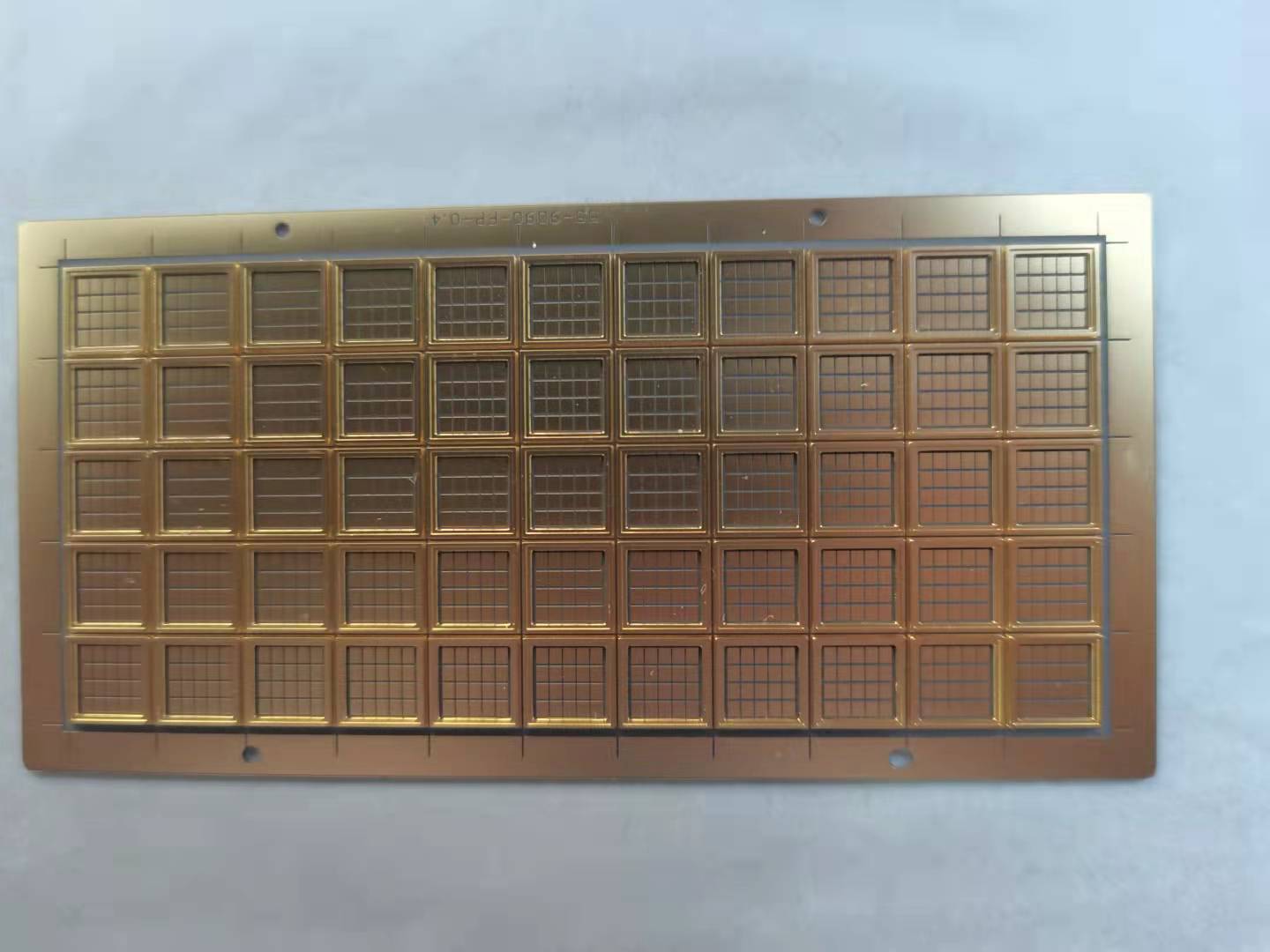
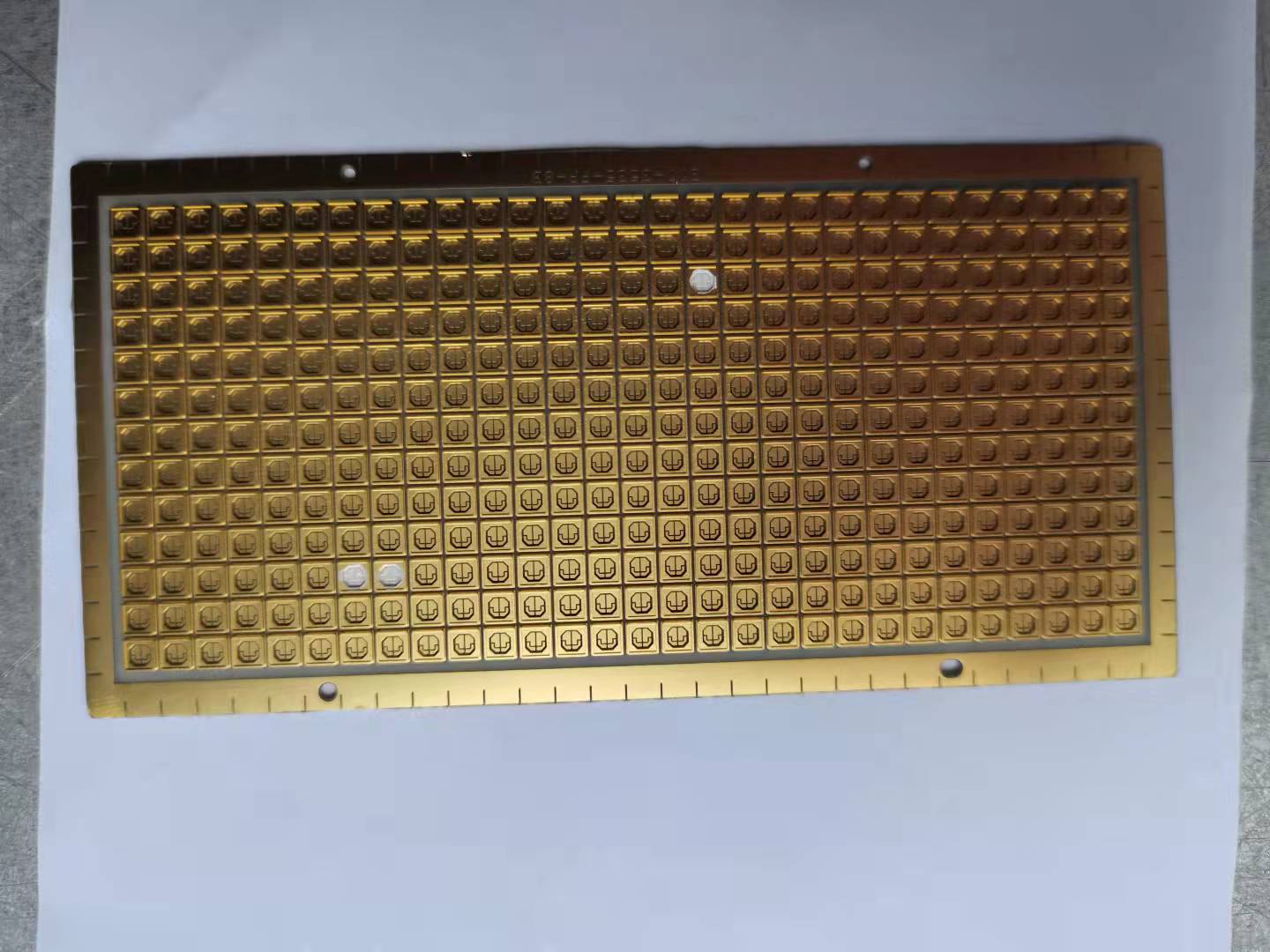
LED lamp bead ceramic substrate package
